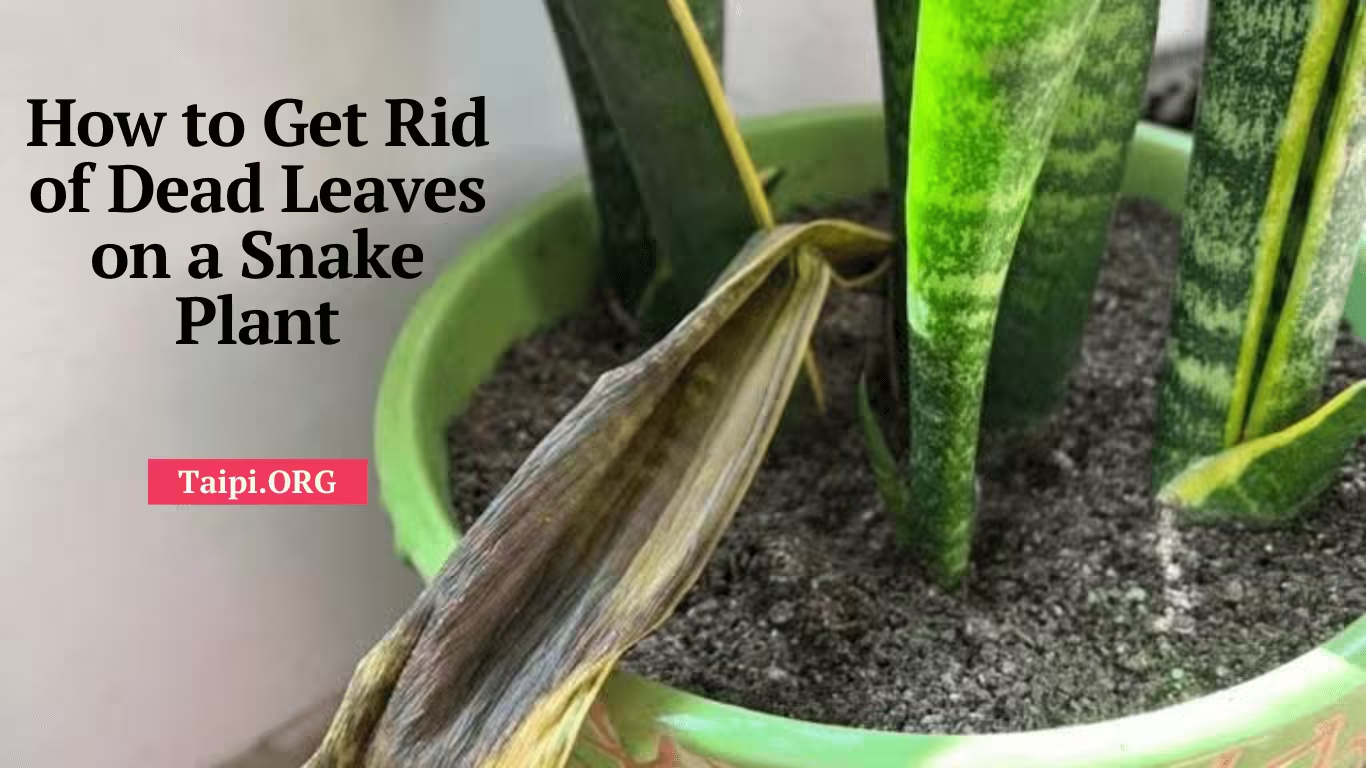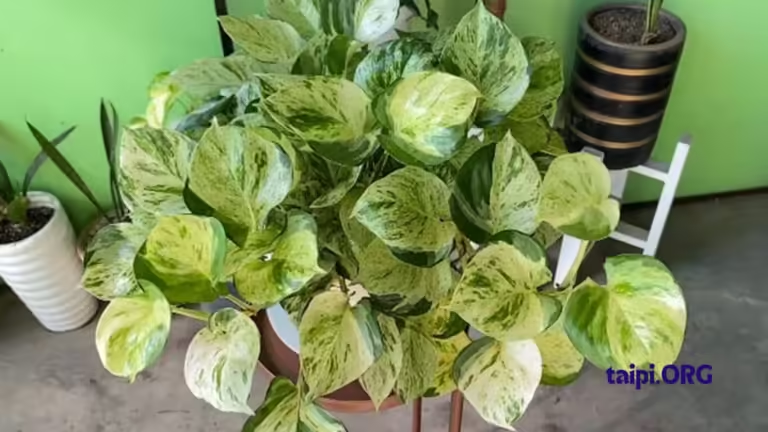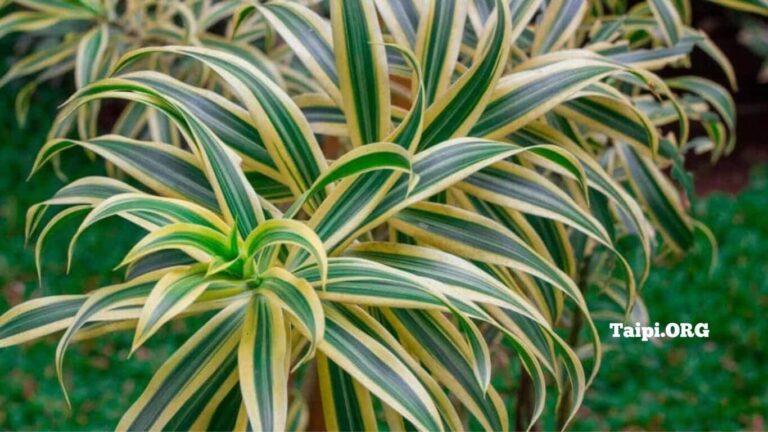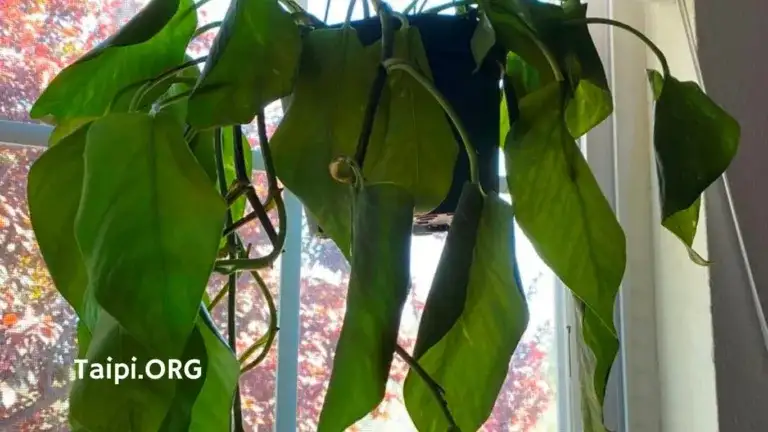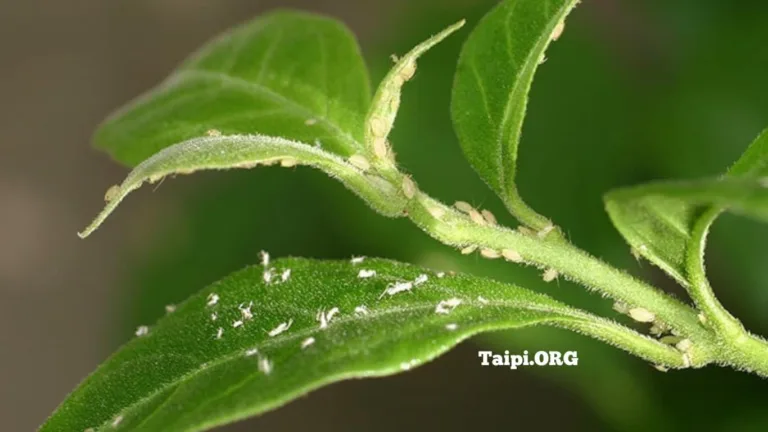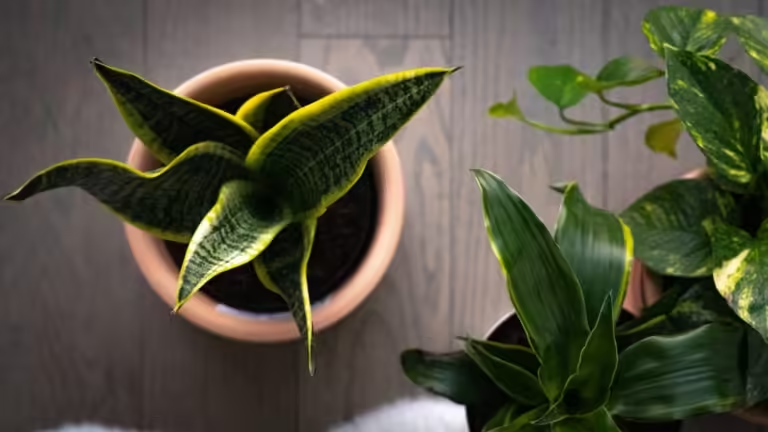How to Get Rid of Dead Leaves on a Snake Plant
A SNAKE PLANT, also known as Sansevieria or mother-in-law’s tongue, is revered for its resilience and air-purifying properties. However, like any living organism, it occasionally sheds leaves as part of its natural growth cycle. To keep your snake plant looking vibrant and healthy, it’s essential to remove dead leaves promptly. That’s why I want to talk about how to get rid of dead leaves on a snake plant.
Use pruning shears or a clean pair of sharp scissors to cut the dead leaves of your snake plant, aiming at the base, where they meet the soil.

Related: Red Bromeliad Care Guide
Step-by-Step Guide on How to Get Rid of Dead Leaves on a Snake Plant

Follow this simple step-by-step guide when pruning dead leaves on a snake plant:
Identify Dead Leaves
Begin by inspecting your snake plant for dead or yellowing leaves. These leaves may be located at the base or on the outer edges of the plant.
Gently touch the leaves to determine their texture – dead leaves are often limp and discolored compared to healthy, firm leaves.
Gather Necessary Tools
To remove dead leaves from your snake plant, you’ll need a few basic tools.
- Tools to gather include:
- Gardening gloves
- Pruning shears or scissors
- A small trash bag or container for collecting the discarded leaves
Wearing gloves is essential to protect your hands from any potential irritants on the leaves.
Sanitize Your Tools
Before you start pruning, ensure that your pruning shears or scissors are clean and sharp. You sanitize your tools by wiping the blades with rubbing alcohol to sterilize them, reducing the risk of introducing pathogens to the plant.
Pruning Technique
Hold the base of the dead leaf near the soil with one hand and use the pruning shears or scissors to cut the leaf at the base.
Make a clean, angled cut to prevent water from collecting on the cut surface, which could lead to rot.
Trim as close to the soil as possible without damaging the healthy leaves.
Dispose of Dead Leaves
Collect the removed leaves in your trash bag or container. Proper disposal prevents the spread of pests or diseases that may have affected the dead leaves.
Do not compost snake plant leaves, as they may carry diseases that could harm other plants.
You might want to read: Bromeliad Leaves Curling Inward
Inspect for Pests
While pruning, take a moment to inspect the soil and the remaining leaves for any signs of pests or diseases.
If you notice anything suspicious, take appropriate measures to address the issue, such as treating the soil or applying a natural insecticidal soap.
Alternatively, you can apply Garden Safe Insecticide.
Maintain a Regular Routine
Dead leaf removal is not a one-time task. Establish a routine for checking and pruning your snake plant every few months or as needed. This proactive approach ensures that the plant remains healthy and visually appealing.
Optimal Care
Beyond dead leaf removal, provide your snake plant with proper care, including adequate sunlight, well-draining soil, and moderate watering. Following these care guidelines will contribute to the overall well-being of your plant.
Pro Tips on How to Get Rid of Dead Leaves on a Snake Plant
Here are some additional pro tips for maintaining a healthy and thriving snake plant:
Mind the Watering
A Snake plant is susceptible to root rot if overwatered. Allow the top inch of the soil to dry out between waterings. Always use well-draining soil and pots with drainage holes to prevent water accumulation.
Choose the Right Pot
Snake plants prefer slightly crowded roots. Opt for a pot that is just large enough to accommodate the plant’s root system. This helps control the plant’s size and encourages better growth.
Rotate for Balanced Growth
Rotate your snake plant regularly to ensure even exposure to sunlight. This helps prevent the plant from leaning or growing unevenly. Aim for a quarter turn every few weeks.
Control Indoor Humidity
Snake plants are adaptable to various humidity levels, but they thrive in average indoor conditions. Avoid placing them in excessively humid environments, as this may lead to fungal issues.
Wipe Leaves Occasionally
Dust can accumulate on snake plant leaves, hindering their ability to photosynthesize. Wipe the leaves gently with a damp cloth or sponge to remove dust and keep the plant’s pores open.
Monitor for Pests
Keep an eye out for common pests such as spider mites or mealybugs. If you notice any signs of infestation, treat the plant promptly with an insect killer (pictured below), insecticidal soap, or neem oil, following the recommended instructions.
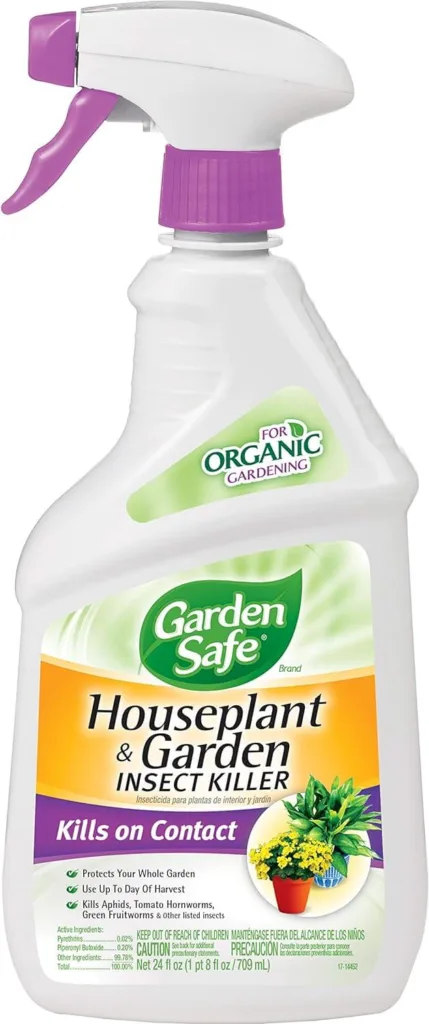
Provide Adequate Light
While snake plants are known for their tolerance of low light conditions, they will grow best in indirect sunlight.
If possible, place them in a location where they receive bright, filtered light for a few hours each day.
Avoid Cold Drafts
Snake plants are sensitive to cold drafts. During the winter months, protect them from exposure to chilly air by placing them away from drafty windows or doors.
Prune Wisely
In addition to removing dead leaves, trim any damaged or discolored portions of healthy leaves. This not only improves the plant’s appearance but also redirects its energy toward new growth.
Be Patient with Growth
Snake plants are known for their slow growth, especially in low-light conditions. Be patient and avoid over-fertilizing or overwatering to speed up growth. Consistent care will yield the best results over time.
Frequently Asked Questions (FAQs)
Q: Why are the leaves of my snake plant turning yellow or brown?
A: Snake plants may develop yellow or brown leaves due to overwatering, insufficient light, or poor drainage. Ensure you are providing the right amount of water, placing the plant in a location with indirect sunlight, and using well-draining soil.
Q: How often should I remove dead leaves from my snake plant?
A: It’s recommended to inspect your snake plant for dead leaves every few months. However, if you notice dead or yellowing leaves, remove them promptly to maintain the plant’s health and appearance.
Q: Can I propagate my snake plant from the leaves I remove?
A: Yes, snake plants can be propagated from leaf cuttings. Allow the cut ends to callus for a day or two, then plant them in a well-draining soil mix. Keep the soil consistently moist until new growth appears, indicating successful propagation.
Q: Is it normal for my snake plant to lean or tilt to one side?
A: While snake plants generally have an upright growth habit, it’s not uncommon for them to lean or tilt. This can be caused by uneven light exposure. Rotate the plant periodically to encourage even growth and straighten its posture.
Q: Should I fertilize my snake plant, and if so, how often?
A: Snake plants are relatively low-maintenance and don’t require frequent fertilization. You can fertilize them once or twice a year during the growing season (spring and summer) with a balanced, diluted fertilizer. Avoid over-fertilizing, as snake plants are sensitive to excess nutrients.
My Final Thoughts on How to Get Rid of Dead Leaves on a Snake Plant
Regularly removing dead leaves from your snake plant is a simple yet crucial aspect of plant care.
By following these steps and incorporating proper maintenance into your routine, you’ll ensure that your snake plant not only survives but thrives, gracing your home with its lush, green beauty.

